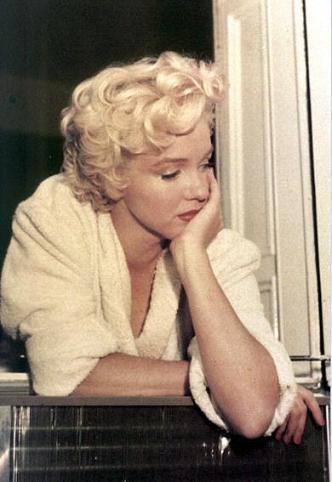Human language is full of expressions that imply that observation can affect the mental state. Are these expressions mere metaphors? A recently published study claims that there is a connection between psychological traits and what people choose to look at
Miriam Dishon-Berkowitz, Galileo

"Look at the glass half full"; "He observes the world through rose-colored glasses" - human language is full of expressions that imply that observation can affect the mental state. Are these expressions mere metaphors? In an article published in the journal Current Directions in Psychological Science, Derek Issacowitz argues that no. In his article, Izkovitz reviews a series of studies he has conducted in recent years, which show that there is a connection between psychological traits and what people choose to look at and the length of time they do so.
In a series of experiments in his laboratory, Izkovitz used an optical instrument that follows the eye movements of participants in the experiment looking at a computer screen in fractions of a second. This instrument is widely used in studies on reading.
The purpose of the first study was to examine whether optimistic people look at the world differently than pessimistic people. For this purpose, in the first phase of the study, the participants answered a questionnaire according to which their degree of optimism or pessimism was characterized. In the second stage, the participants looked at a computer screen on which were projected images of skin cancer tumors, illustrations with contours similar to skin cancer images, or images of neutral faces. The amount of time the participants looked at each stimulus was measured. The findings of the experiment show that the more the participants reported a higher level of optimism, the shorter the time they looked at the skin cancer images, and even the illustrations similar in outline to the cancer images, compared to the participants who reported lower levels of optimism. This effect of optimism on observation did not disappear even when other variables were taken into account, such as the mood at the time of the experiment or a family history of cancer.
Following these findings, which show that optimistic people look for more optimistic objects in their environment to observe, a follow-up experiment was conducted. The experiment was the same as the one described, except that at the beginning the anxiety level of the participants was also measured, in order to rule out an alternative explanation for the findings of the previous experiment, according to which participants with a high level of anxiety observe threatening stimuli for a longer time. In addition to this, the relevance of the images was also emphasized, by telling some of the participants that they were going to view images of a real health problem whose early detection is extremely important. From the findings it became clear that, as in the first experiment, more optimistic participants looked for a shorter time at the cancer images.
In another series of experiments, the relationship between age and gaze direction was tested. Subjects from two age groups (18-21 and 57-84) were shown images of faces expressing different emotions on a computer screen. With the help of the optical instruments that follow the movements of the eyes, the question was examined, whether age affects the preference to look at faces that express certain emotions. The findings show that the members of the older age group preferred to look at happy faces for a longer time, and looked away faster from angry faces. This preference of the members of the older group may be rooted in the fact that its members have reached an age where they treat time as a limited resource. Indeed, previous studies have shown that in contexts where time is perceived as limited, people prefer to direct emotional energies in positive directions.
To strengthen this explanation, another experiment was conducted, in which the gaze of two groups with different perspectives on time was examined: students in the first year of their studies, who have their time in their hands, and students who are about to finish their degree, for whom the completion of the degree clearly marks the end of a period. This study also shows that students in the last year of their studies looked for shorter periods of time at stimuli with a negative meaning compared to the first year students.
According to Izkovitz, the findings of the studies show not only that the direction and duration of people's gaze indicates their degree of optimism, but also that people use physical observation of the world as a means of regulating their emotions: searching and locating objects that will increase the level of positive emotions, and diverting their gaze from what may cloud them. An interesting applied question is, can people be taught to voluntarily turn their gaze to happy features in the environment, and thus observe their world "with rose-colored glasses".
* Dr. Miriam Dishon-Berkowitz is a psychologist and organizational and marketing consultant.
